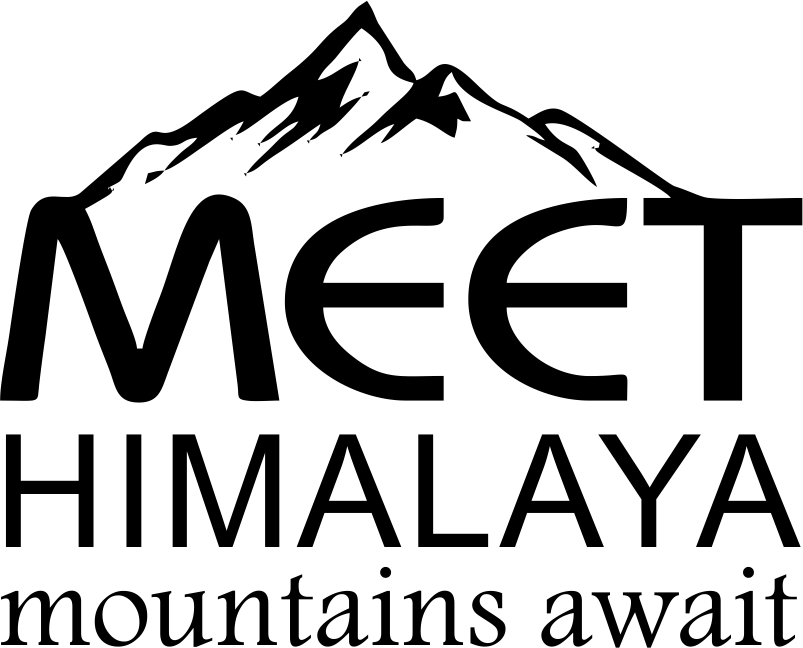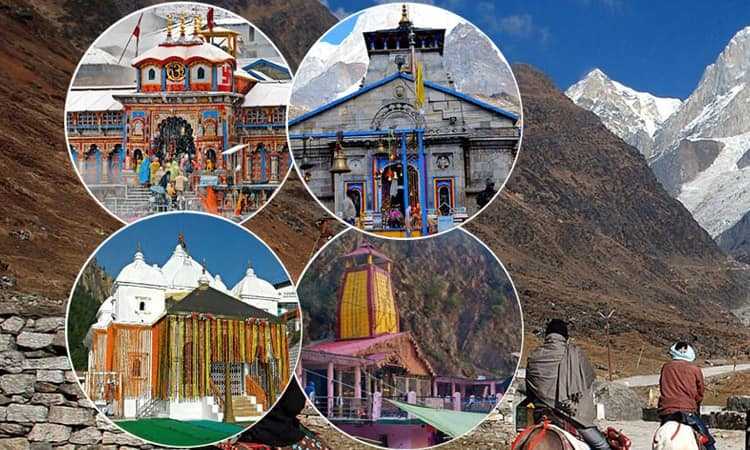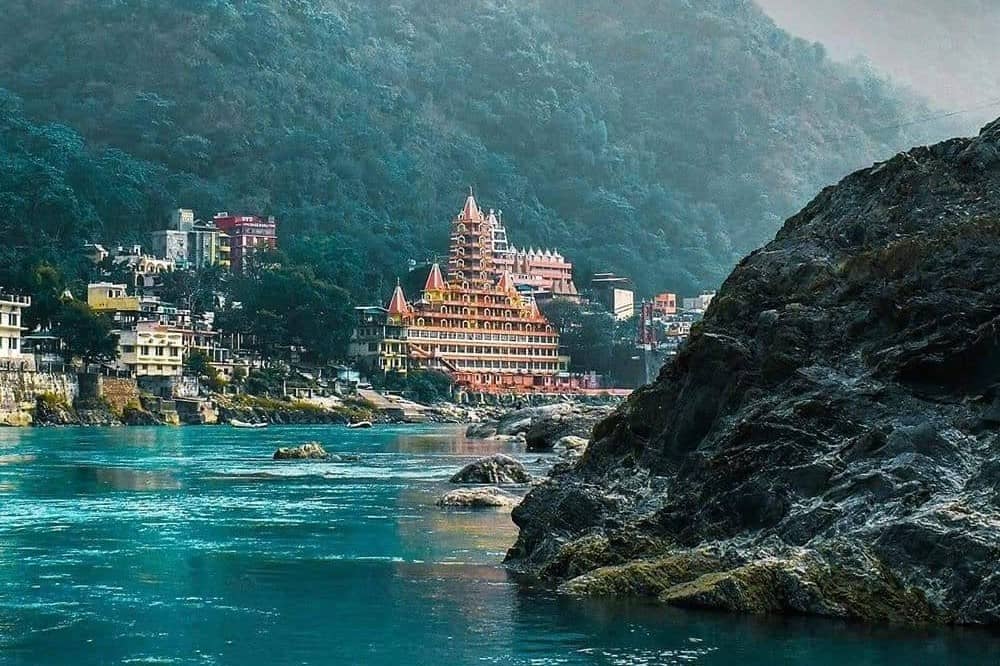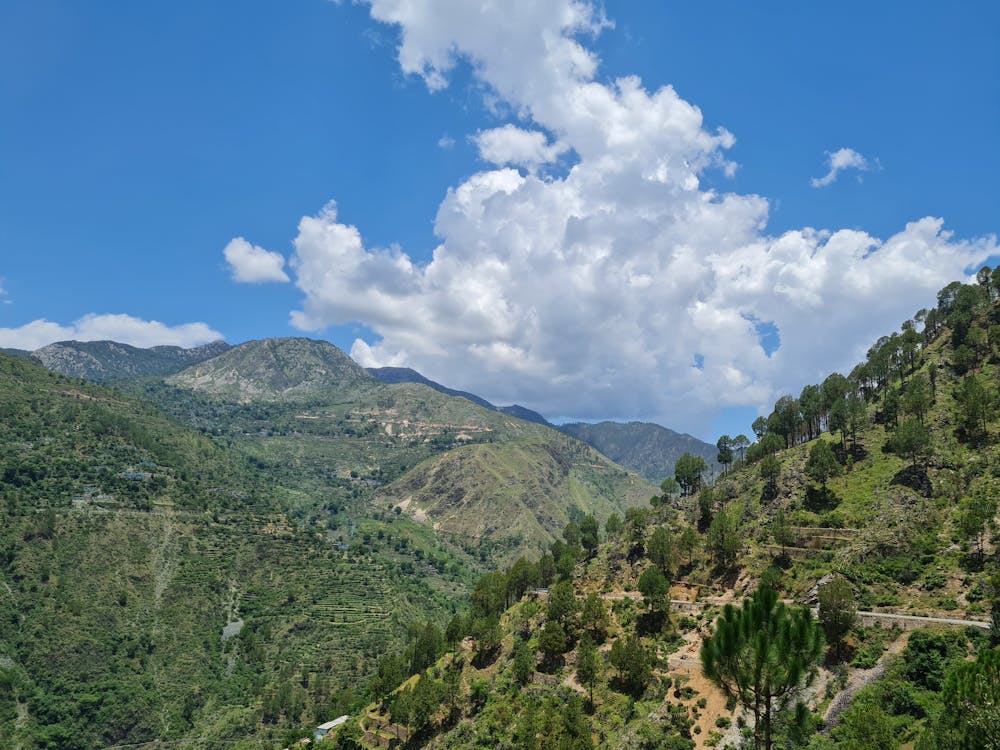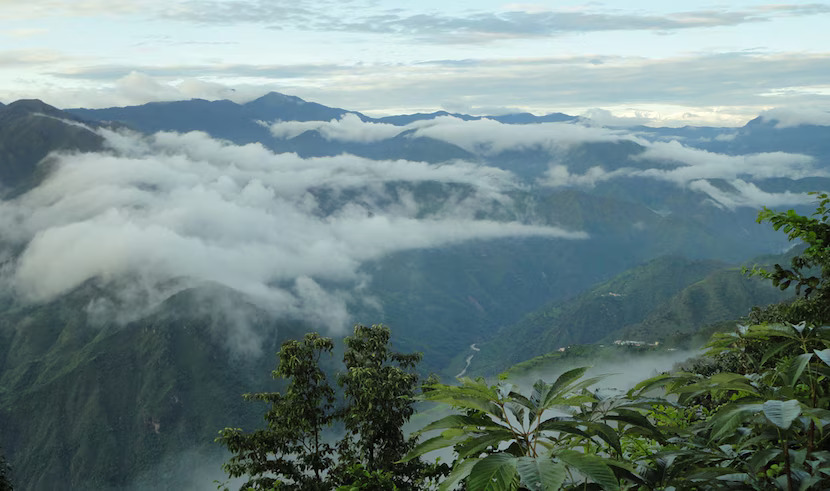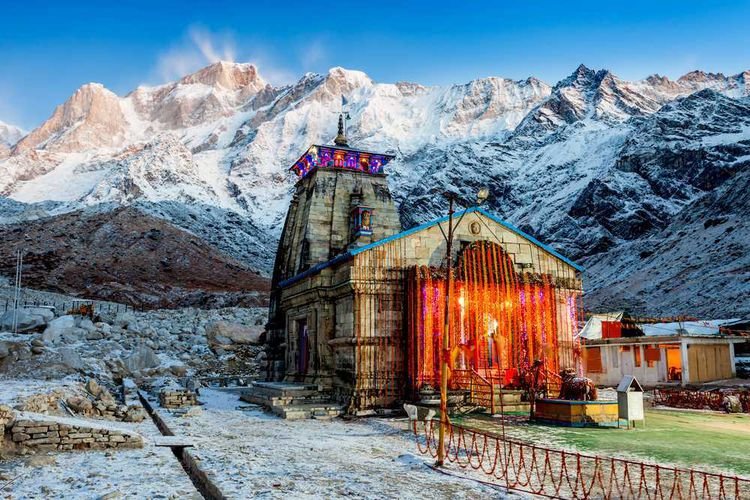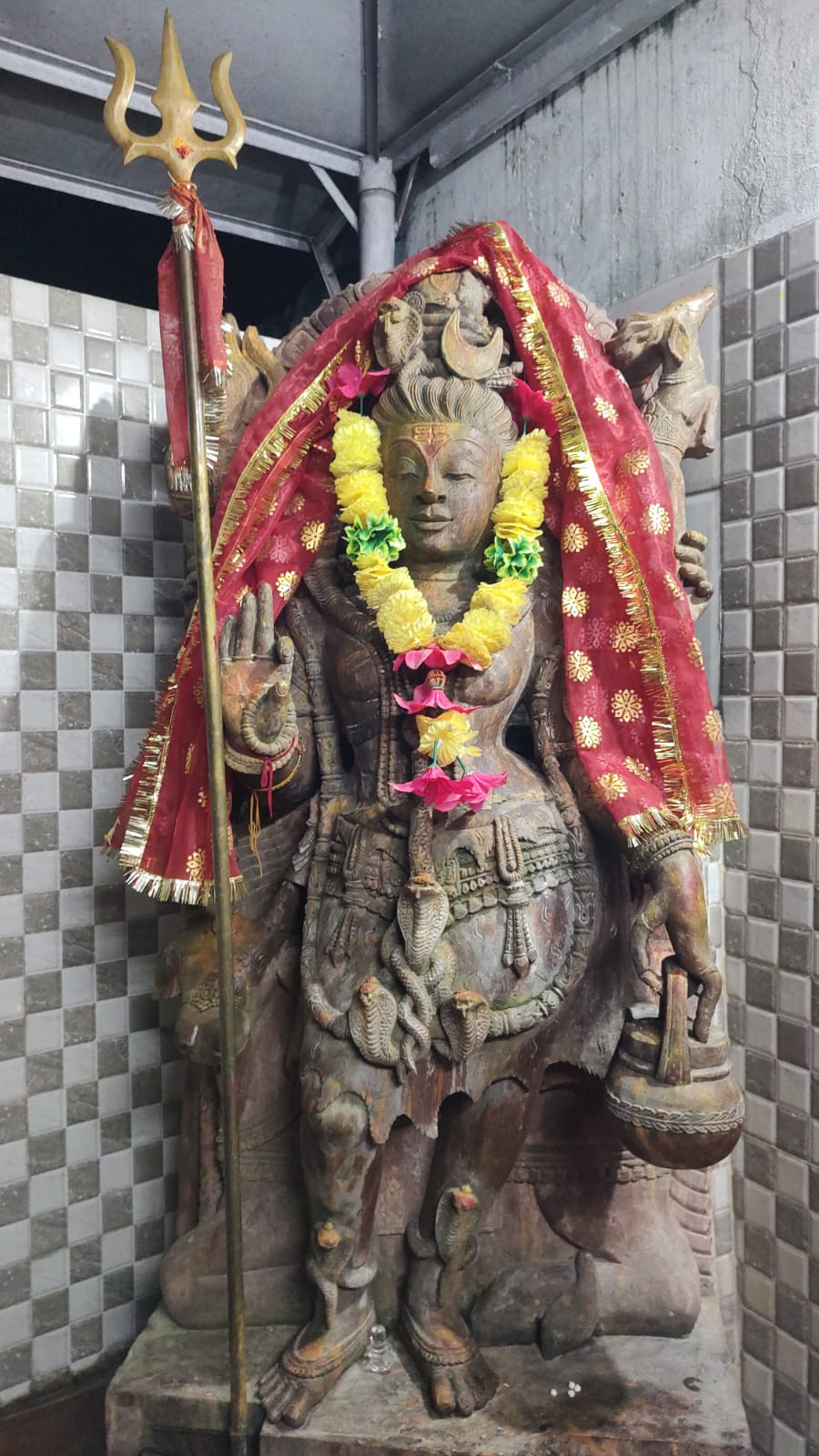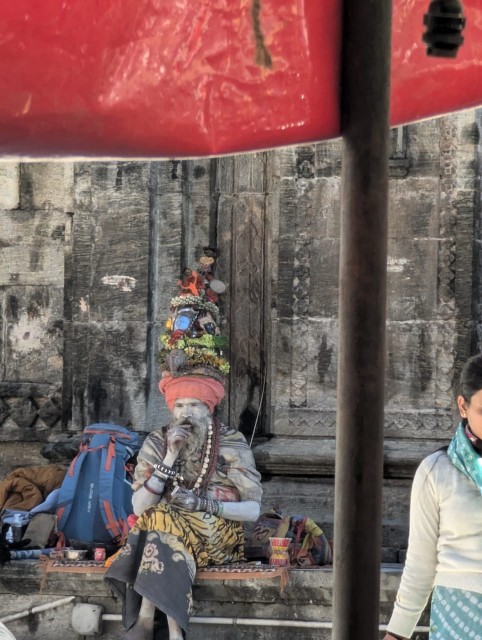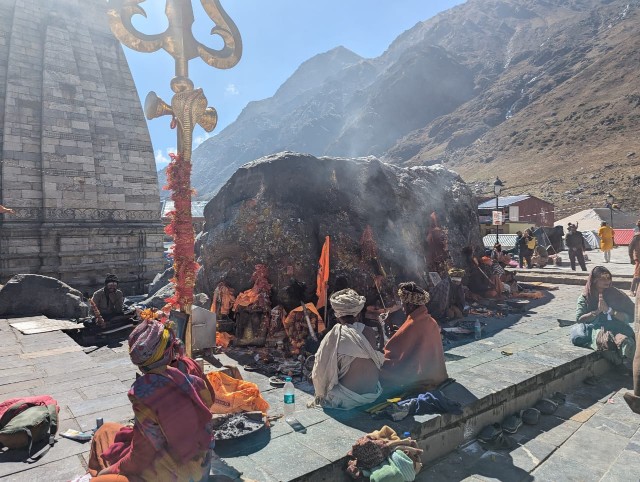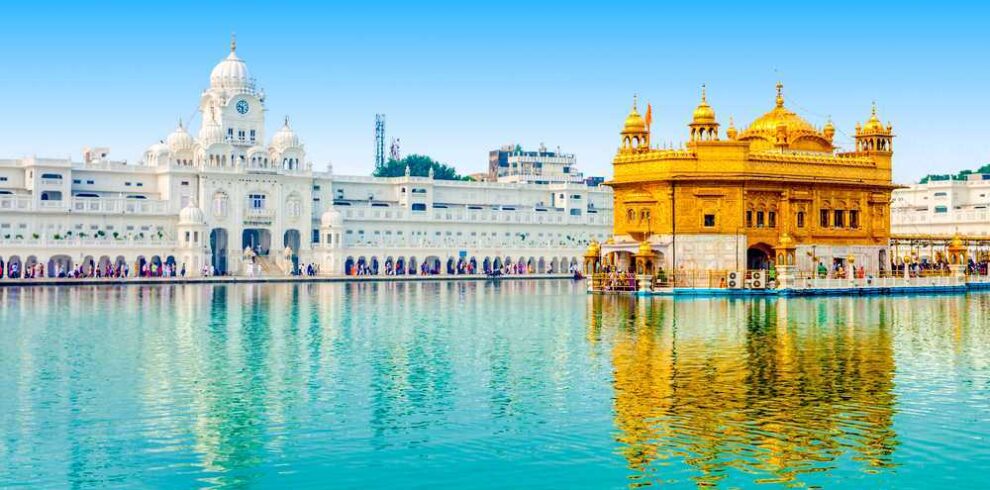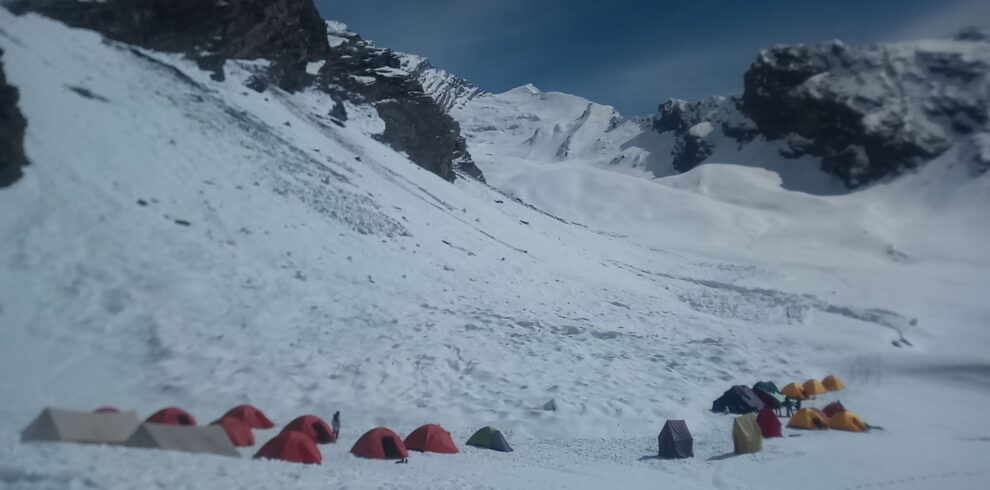Overview
The Chardham Yatra is a spiritual journey to the four sacred Hindu temples in the Indian Himalayas: Yamunotri, Gangotri, Kedarnath, and Badrinath.
The Chardham Yatra is a long and challenging journey, and things may not always go as planned. It is important to be flexible and go with the flow, rather than getting frustrated or upset when things don’t go as expected.
Highlights
- Snow-capped mountains, green valleys, and flowing rivers
- Explore a 300-year-old Gangotri temple.
- In Kedarnath temple, you will see unique-shaped Shivling.
- Located on the bank of Mandakini river at an altitude of 3584 meters above sea level.
- one of the 12 Jyotirlingas of Lord Shiva in India.
Itinerary
Haridwar stay
180 km road journey overnight at Hotel
45 km road journey,,and 6 km trek Janki chatti to yamunotri back 6 km trek Janki chatti and 45 km road journey barkot, overnight at Hotel.
Barkot to Uttarkashi 85 km road journey overnight at Hotel.
Uttarkashi to Gangotri 100 km and back to Uttarkashi 100 km overnight at
Uttarkashi to Sitapur 221 km road journey overnight at Hotel.
Sitapur to Gaurikund 7 km road journey and 16 km trek Gaurikund to kedarnath temple, overnight at Hotel.
Kedarnath to Gaurikund Sitapur overnight at Hotel.
Sitapur to Joshimath 167 km road journey overnight at Hotel.
Joshimath to Badrinath and mana 49 km road journey and Back joshimath 49 km road journey overnight at
Joshimath to Haridwar 278 km road journey overnight at Hotel.
Cost
The Cost Includes
- TRANSPORT🚗 Haridwar to Haridwar.
- ACCOMODATION 🏚️11 night 10 day.
- MEAL PLAN🍛
- Breakfast and dinner only.
- All sightseeing as per itinerary.
- All interstate taxes permits parking road tax and fuel charges.
- Qualified guide
- Medical kit.
The Cost Excludes
- Helicopter tickets for Kedarnath.
- Any doli. pony.
- Any personal expenses.
- Any type of insurance.
- Any claim due to natural calamities such as land slide road blockage etc.
FAQs
The best time to visit the Himalayas depends on the activity:
- Trekking: Spring (March to May) and Autumn (September to November).
- Sightseeing: Summer (April to June).
- Winter Activities: December to February.
Visa requirements depend on the country you’re visiting (Nepal, India, Bhutan, etc.). Most travelers need a tourist visa, which can be obtained online or on arrival for some countries.
Trekking expeditions (Everest Base Camp, Annapurna Circuit, etc.)
Cultural tours (monasteries, heritage sites)
Adventure sports (rafting, paragliding)
Wildlife and nature tours
The fitness level depends on the trek. Moderate fitness is required for shorter treks, while longer and high-altitude treks require good physical conditioning and stamina.
Essential items include:
- Proper trekking gear (boots, backpack, trekking poles)
- Warm clothing (thermal wear, down jacket)
- Personal essentials (medications, sunscreen, sunglasses)
- Important documents (passport, travel insurance)
Yes, travel insurance covering high-altitude trekking, medical emergencies, and trip cancellations is highly recommended.
Yes, permits are required for many trekking regions, such as:
- Nepal: TIMS card and national park permits
- India: Inner Line Permit for certain areas
- Bhutan: Special travel permits arranged by the tour operator
You will typically find local cuisine (dal bhat, momos), as well as some Western dishes in tea houses and lodges along popular routes.
